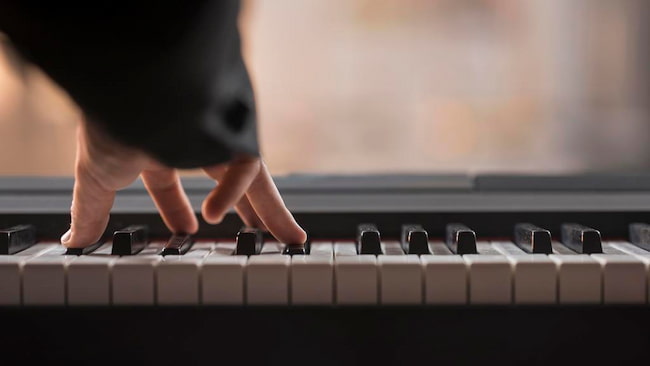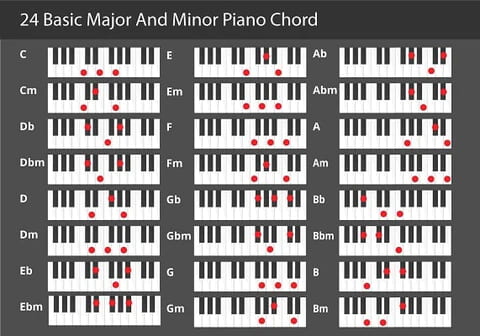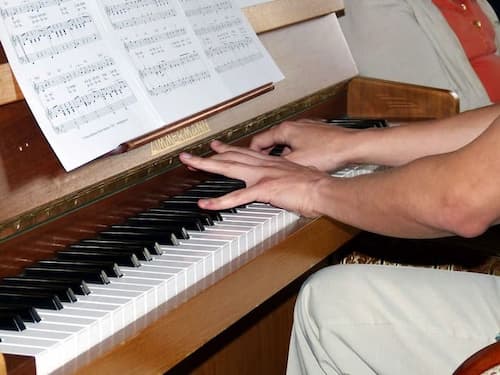Do you want to learn how to play scales on piano? This is for you. Playing scales on the piano is an important part of any pianist’s practice routine. Scales are essential for developing technical accuracy, agility, and control over the keyboard.

Learning how to play scales on piano correctly can also help you understand music theory better, improve your understanding of chords and progressions, and open up new possibilities when improvising or composing. In this article, we will discuss some tips, tricks, and practice methods that will help you master playing scales on the piano.
How To Play Scales On Piano for Beginners
If you are a beginner who doesn’t know anything about how to play scales on piano, don’t worry. We are here to let you know the basics and some useful strategies to play scales on piano. If you are also looking for a suitable piano for yourself, find the Best digital piano under 2000 USD here.
Know The Scales
The first thing is that there are different types of scales. Major and minor scales are the most common ones, but other scales like chromatic, pentatonic, and modes can also be used. It’s important to learn the different types of scales and understand how they are structured.

Major Scales
The major scale is the most common type of scale and consists of eight notes in an ascending pattern. The intervals between the notes determine the tonal quality of each scale. For example, a C Major scale will start on C and go up by whole steps (two half steps) until it reaches E. From there, it continues with a half step until it reaches G. After that, it continues with whole steps until the end of the scale.
Minor Scales
The minor scale is similar to the major scale but differs in terms of its intervals and tonal quality. Minor scales use a combination of whole steps and half steps, starting from A and continuing up by whole steps until it reaches C. After that, it continues with a half step until it reaches E. From there, it continues with whole steps until the end of the scale.
Develop Finger Independence
Finger independence means being able to move your fingers separately from each other while playing scales. This is a key skill for playing fast and accurately on the piano. To develop finger independence, practice playing scales in different ways: with both hands together, alternating hands, jumping around the keys, and more.

Understand The Root Position
Every scale has a root note, which is the first note of the scale and determines its tonal quality. Understanding the root position refers to understanding where this note is located on the piano keyboard. You can practice playing scales in different keys by understanding how each scale’s root position changes as you move up or down the keyboard.
Practice Sight-reading
Sight-reading is one of the most important aspects to play scales on piano. By practicing sightreading, you can learn to quickly identify notes on the keyboard and play them accurately. Start off with simple scales that are played one octave at a time, then gradually move on to more complex scales.
Practice With A Metronome
A metronome is a tool used for keeping time when playing music. It’s essential for developing accurate timing and speed when playing scales. practicing with a metronome will help you develop accuracy and keep your timing consistent while playing different keys and scales.
Using a metronome while practicing scales is an essential part of improving the technique. A metronome can help you keep track of your tempo and make sure that you are playing on time.
Conclusion
Playing scales on the piano is a great way to improve your technical skill, build finger independence, and understand music theory better. By following the tips in this article, you can become a more proficient pianist. With practice, you will be able to play scales on piano with accuracy and speed. We hope this guide was helpful. Visit Pianoshub for more useful piano-related guides.